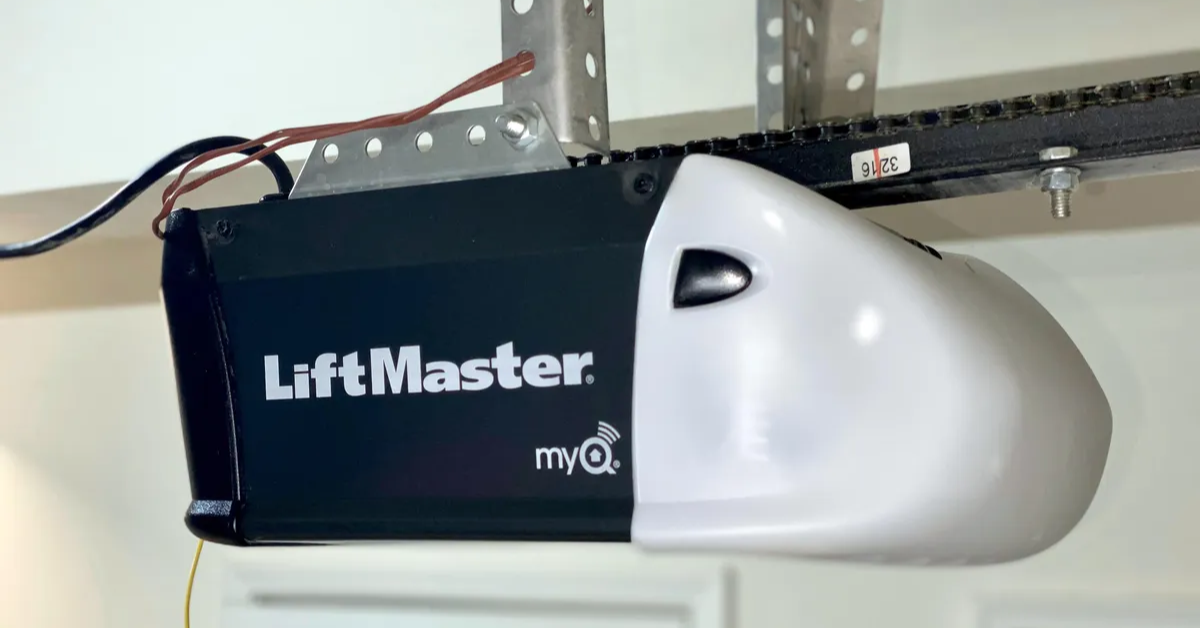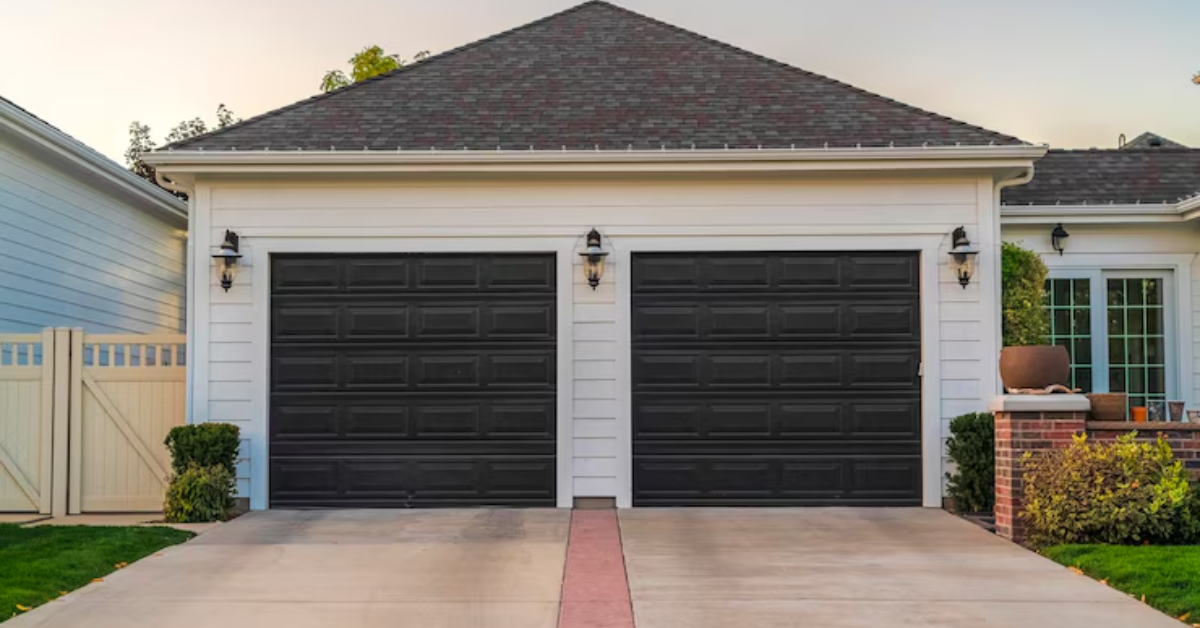How To Repair Liftmaster Garage Door Opener?
When your LiftMaster garage door opener malfunctions, knowing how to repair it can save you time and money. Understanding the intricacies of LiftMaster garage door opener repair is essential for ensuring the smooth operation of your garage door. From troubleshooting common issues to implementing DIY repair techniques, this guide aims to provide you with comprehensive insights into repairing your LiftMaster garage door opener effectively. By delving into the various aspects of repair and maintenance, you'll gain the knowledge and confidence needed to tackle any issues that may arise, keeping your garage door functioning optimally for years to come.
Identifying And Understanding Common Problems
When faced with a malfunctioning LiftMaster garage door opener, the first step is to identify the specific problem. Common issues may include the door not opening or closing properly, unusual noises during operation, failure of the remote control to work, or the opener not responding at all. By observing the behavior of your garage door opener and listening for any unusual sounds, you can narrow down the potential causes of the malfunction. Several factors can contribute to the malfunction of a LiftMaster garage door opener. These include:
- Electrical Issues: Problems with the power source, such as a tripped circuit breaker or a blown fuse, can prevent the opener from functioning properly.
- Sensor Misalignment: Misalignment of the safety sensors located near the bottom of the garage door tracks can prevent the door from closing properly.
- Remote Control Problems: Issues with the remote control, such as dead batteries or signal interference, can prevent the opener from responding to commands.
- Limit Switch Adjustment: Improper adjustment of the limit switches, which control the opening and close positions of the garage door, can cause the door to stop prematurely or not close fully.
- Worn-out Parts: Over time, components of the garage door opener, such as gears, belts, or springs, may wear out and require replacement to restore proper functionality. To learn how to repair a LiftMaster garage door opener, start by checking the power source, inspecting the remote control batteries, and ensuring the safety sensors are aligned properly.
By understanding these common issues and their potential causes, you can effectively troubleshoot your LiftMaster garage door opener and implement appropriate repair solutions. If you're unsure about diagnosing or repairing the problem yourself, it's advisable to seek assistance from a qualified garage door technician.
Troubleshooting Steps
Checking Power Source
The first troubleshooting step for a malfunctioning LiftMaster garage door opener is to ensure that it has a reliable power source. Start by checking if the opener is plugged in and that the power outlet is functioning properly. If the opener is hardwired, verify that the circuit breaker or fuse connected to it has not tripped or blown. Address any issues with the power source before proceeding to further troubleshooting steps.
Inspecting Remote Control
Next, inspect the remote control used to operate the garage door opener. Check if the batteries are properly inserted and have sufficient charge. Replace the batteries if necessary. Ensure that the remote control is within range of the opener and that there are no obstructions blocking the signal. If the remote control still does not work, try reprogramming it according to the manufacturer's instructions.
Examining Sensors
LiftMaster garage door openers are equipped with safety sensors located near the bottom of the garage door tracks. These sensors prevent the door from closing if they detect an obstruction in the door's path. Inspect the sensors to ensure they are properly aligned and free from any obstructions or debris. Clean the sensor lenses with a soft cloth if necessary. If the sensors are misaligned, adjust them according to the manufacturer's instructions.
Testing Safety Features
Test the safety features of the garage door opener to ensure they are functioning correctly. Place an object, such as a block of wood, in the path of the closing door to trigger the safety reversal mechanism. The door should stop and reverse direction immediately upon detecting the obstruction. If the door does not reverse, troubleshoot the safety reversal mechanism and adjust the force and travel limits as needed.
Assessing Motor and Drive Mechanism
Finally, assess the motor and drive mechanism of the garage door opener for any signs of damage or wear. Listen for any unusual noises during operation, such as grinding or scraping sounds, which may indicate problems with the motor or drive mechanism. Inspect the drive belt or chain for signs of wear or damage and replace it if necessary. Lubricate moving parts according to the manufacturer's recommendations to ensure smooth operation.
DIY Repair Techniques
Adjusting Limit Switches
Limit switches play a crucial role in controlling the open and close positions of your LiftMaster garage door. If your door fails to fully open or close, adjusting the limit switches may solve the issue. Refer to your opener's manual for instructions on how to locate and adjust these switches. Make small adjustments at a time, testing the door's operation after each adjustment until the desired position is achieved.
Lubricating Moving Parts
Proper lubrication of moving parts is essential for maintaining the smooth operation of your garage door opener. Apply a small amount of lubricant, such as silicone-based spray or garage door lubricant, to the rollers, hinges, tracks, and springs. Be sure to clean any excess lubricant to prevent accumulation of debris. Regular lubrication can help reduce friction and extend the lifespan of your opener's components.
Replacing Batteries
If your remote control or keypad is not working, the problem may be due to dead or low batteries. Replace the batteries in these devices with fresh ones, ensuring they are inserted correctly according to the polarity markings. Test the devices to confirm that they are functioning properly. Regularly check and replace batteries as needed to ensure reliable operation of your garage door opener.
Aligning Sensors
Misaligned sensors can prevent your garage door from closing properly or cause it to reverse unexpectedly. To align the sensors, ensure that they are facing each other directly and that their indicator lights are illuminated. Use a level to ensure that both sensors are at the same height. Make any necessary adjustments to the sensor brackets or mounting hardware to achieve proper alignment.
Tightening Hardware
Over time, the hardware securing your garage door opener and tracks may become loose due to vibration and normal use. Periodically inspect the hardware, including bolts, screws, and brackets, and tighten any loose components using a wrench or screwdriver. Pay particular attention to the mounting brackets holding the opener to the ceiling and the brackets securing the tracks to the walls.
Knowing When to Call a Technician
While DIY repairs can often address common issues with your LiftMaster garage door opener, there are instances when it's best to seek professional assistance. Consider calling a technician if you encounter complex problems beyond your expertise, such as motor or circuit board failures, significant structural damage to the door or tracks, or issues with the opener's internal components. If you're unsure about performing repairs safely or effectively, it's wise to enlist the help of a qualified technician to avoid causing further damage or risking personal injury.
Choosing a Qualified Garage Door Repair Service
When selecting a garage door repair service, consider Fix N Go Garage Door Repair Service. They have extensive experience in repairing LiftMaster garage door openers and a proven track record of customer satisfaction. Their technicians are licensed, insured, and properly trained to perform repairs on various models of openers, including LiftMaster. Additionally, you can read online reviews and ask for recommendations from friends or family to ensure you're selecting a reliable and trustworthy repair service like Fix N Go Garage Door Repair Service.
Conclusion
Understanding how to repair your LiftMaster garage door opener is essential for maintaining its functionality and prolonging its lifespan. By identifying common issues, implementing DIY repair techniques, and knowing when to seek professional help, you can effectively address any problems that may arise. Additionally, practicing preventive maintenance and regular inspection can help prevent future issues and ensure the safe and smooth operation of your garage door opener. With proper care and attention, you can keep your LiftMaster opener in optimal condition, providing convenience, security, and peace of mind for years to come.




